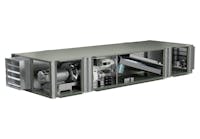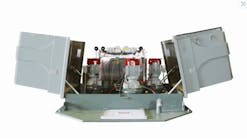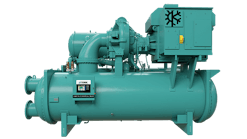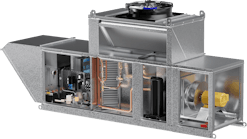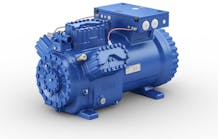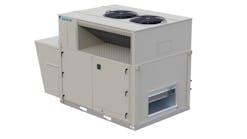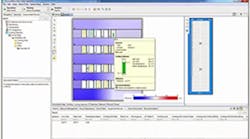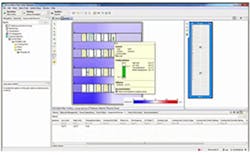Schneider Electric, specialist in energy management and automation, recently announced the launch of Data Center Operation: Cooling Optimize, a software module within its data-center-infrastructure-management (DCIM) suite StruxureWare for Data Centers. The new capability adds intelligence to existing data-center cooling systems, enabling significant reductions in energy and operational costs, as well as cooling incidents.
Data Center Operation: Cooling Optimize enables data-center managers to understand the complexity of airflow within their facilities, including all heat sources, cooling influences, and dependencies. It is a closed-loop system, meaning it learns from any actions, such as inlet-temperature adjustments, to continuously optimize data-center cooling.
Once deployed, Data Center Operation: Cooling Optimize enables operators to monitor the status of data-center health in real time and determine the impact of any cooling event. This enables situations such as overheating, hotspots, and capacity issues to be predicted and avoided. Through continuous analysis of use, future capacity requirements can be planned for and stranded cooling capacity eliminated. Data Center Operation: Cooling Optimize automates responses to changes in data-center environments to reduce hot spots and situations in which cooling exceeds what is needed.
In a recent study, the system was retrofitted by a large Pacific Telco provider to automatically measure, analyze, and control cooling output to match the requirements of a dynamic data-center environment. The user was able to turn off 13 computer-room-air-conditioning units, saving 37 percent in average power use in the first year of operation.
"Through the combination of retrofit software (that) learns intelligently and wireless sensors in data-center racks, data-center managers can quickly start to confidently operate their legacy facilities closer to ASHRAE inlet-temperature guidelines without risk to availability and without any investment in existing cooling systems,” Jensen said. “In use, they can anticipate up (to a) 40-percent reduction in cooling costs."
For more information on Data Center Operation: Cooling Optimize, go to http://www.apc.com/struxureware/us/en/.
